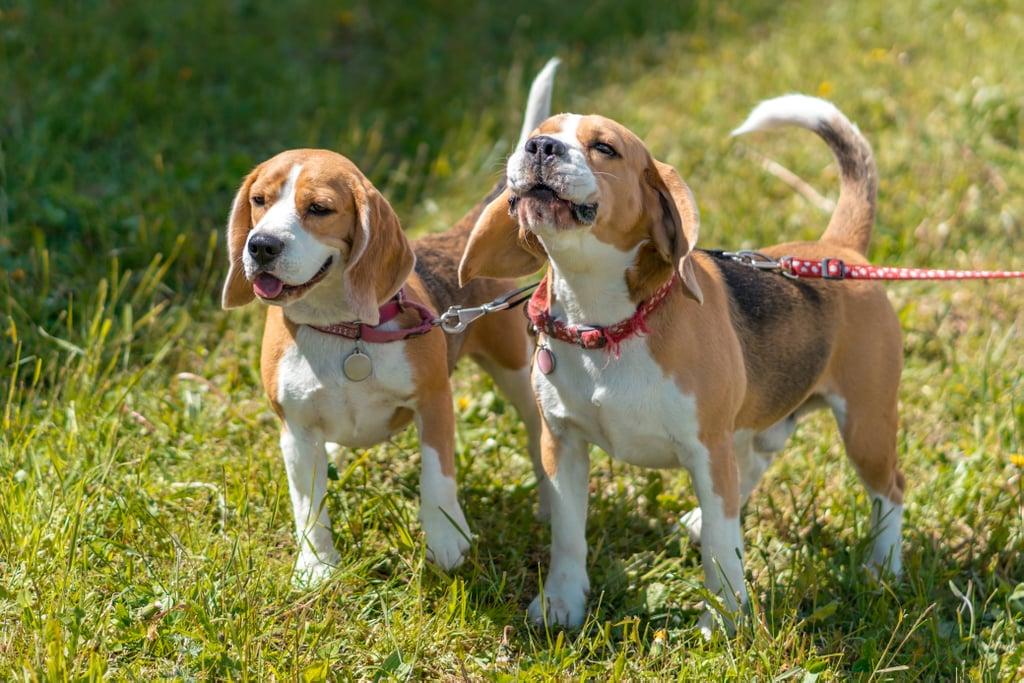
Keep your pet cool in the summer heat
Jennifer Coates DVM Updated and reviewed for accuracy by Jennifer Coates on June 16, 2019
When the weather gets hotter, it’s natural to want everyone out the door. This includes pets.
Remember that the heat can make our pets uncomfortable. You’ll need to know how to protect your pet from the heat of summer to make the most of your summer adventure.
Keep your pets cool and healthy this summer with these 7 tips from veterinarians.
The sun’s peak hours during the day are best avoided
Douglas Aspros DVM, President of the American Veterinary Medical Association, said that pets are more intelligent than they give themselves credit for. They prefer to stay at home, lying on a cool surface (like the tiled floor of your kitchen) during the hotter days.
Spend your time outdoors with your dog early in the day or late at night after the sun sets.
Your pet’s paw pads will stay cooler if you take your walk or run before or after sun-heating hours.
Find Some Shade
You should keep your pets out of direct sun or in a shaded area if you are out with them during the midday.
As Dr. Aspros points out, since your pet doesn’t have shoes on, the pad of its paw can get burned when walking over hot surfaces like asphalt or sand. Keep them inside as much as you can if it is extremely hot.
You should never leave your pet in the car.
Aspros warns, “A common mistake owners make is to leave their pet inside a car that’s closed on a warm sunny day. The temperature can quickly rise above 140 degrees Fahrenheit.” The windows will not help. It’s not just the heat from the sun that can be dangerous. You could face dangers even when it’s a nice day.
As much as you may enjoy spending time in your car with your pet, keep them cool and safe at home.
Keep water readily available
You should always provide your pets with plenty of clean, fresh water.
According to Dr. Aspros, panting is an effective way for animals to cool off because it evaporates fluids in the respiratory system. Water or other water substitutes can be left out throughout the day to help replenish these fluids, and thus prevent dehydration. This is especially important if your pet spent some time in the sun.
Water alternatives–electrolyte solutions designed for pets or even Pedialyte can help when pets are very dehydrated since they replenish electrolytes and taste great. Keep plain water available so that your pet is able to choose what he or she needs at the time.
Be aware of your pet’s limitations
Your pet’s face shape is flat if it has a brachycephalic (flat) facial structure. This includes Pugs Pekingese Boston Terriers and Persian Cats. They cannot breathe as well and may be more susceptible to heatstroke.
Dr. Aspros advises that you should be extra careful when breeding breeds such as these during hot weather, and to keep water readily available.
Be careful with older, obese, or sick pets. In hotter weather, it’s better to keep them in an air-conditioned room as much as you can.
Know the signs of heat stroke in pets
When you are hanging out with your dog in the summer, make sure to provide a cool and shady area that has clean drinking water.
Aspros says that while fur can help in winter to keep the warmth out, it may make summer days more difficult. Both dogs and cats expel heat through panting. As they become overheated they pant faster to keep a comfortable internal temperature. If a cat or dog gets too warm, it can develop heat stroke or heat exhaustion.
According to Dr. Aspros, there are two main reasons why pets overheat:
- Extreme temperatures may overwhelm the abilities of Dogs and Cats, such as when trapped in an automobile or at a beach.
- According to Dr. Aspros, pets with compromised airways or acquired conditions like laryngeal paralysis, have a harder time removing body heat through panting. In an attempt to cool down, these animals can end up generating more heat and suffering from heatstroke or exhaustion.
Heat exhaustion symptoms include:
- Excessive panting
- Worked Breathing
- Heart rate increases
- Increased respiratory rate
- Drooling
Seizures, bloody diarrhea and vomiting are more severe heat stroke symptoms.
If you believe your dog has overheated, take him to an area that is cool and contact your vet immediately.
It’s Not Necessary to Shave Your Pet
Many pet owners believe that shave their pets in hot weather to cool them off.
The coat of your pet protects it from the sun and high temperatures. It’s fine to trim long hair, as long as you leave at least 1 inch of fur.
The inner fur layer on pets with double-coated coats is shed in the summer. By brushing your dog and cat more frequently to remove any loose hair, you can prevent them from overheating.